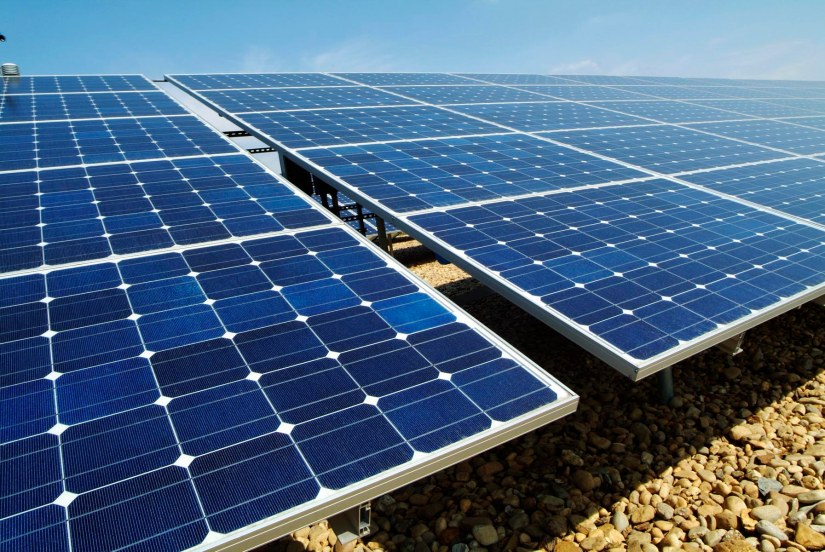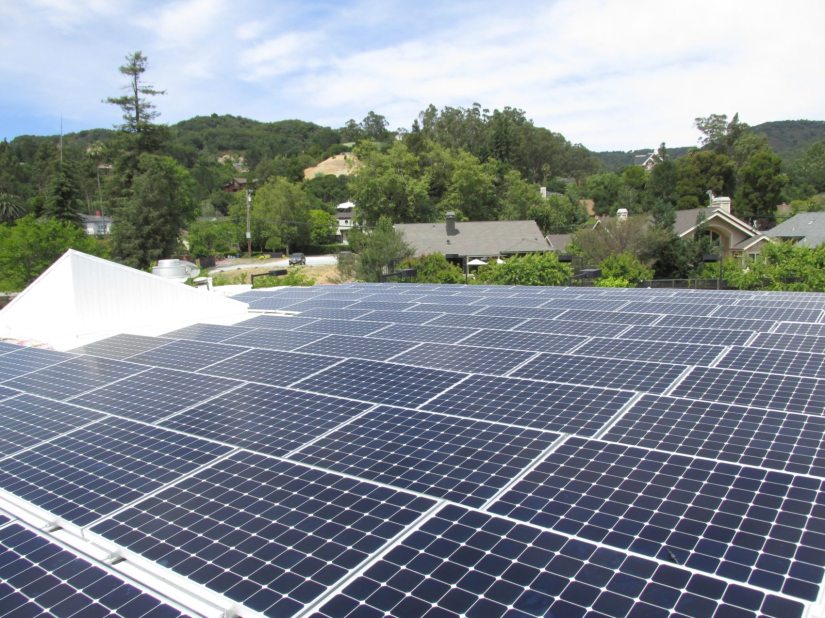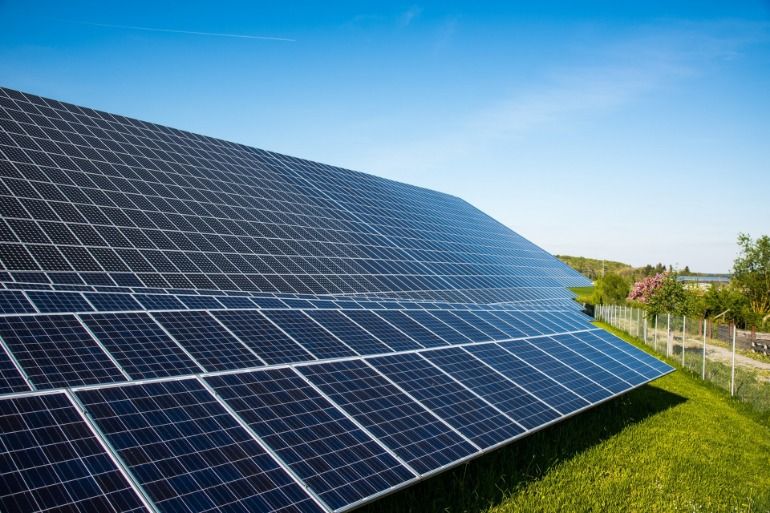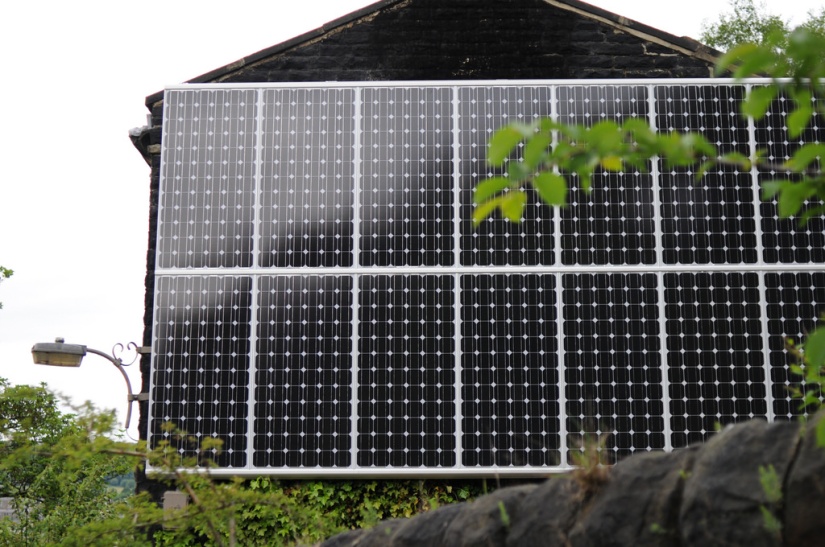
A growing requirement for energy is directly proportional to an ever-growing population. With increasing public demand and varying electricity requirement, the prominence of energy cannot be denied. Energy sources are widely classified into renewable and non-renewable energies. It’s quite a dreadful fact that non-renewable energy will eventually deplete in coming times, but looking at the situation positively, the prominence of renewable energy will keep on augmenting in the future.
“Studies have asserted that by the year 2050, countries across the world are expected to shift their investments to renewable sources, such as solar, wind, and hydroelectric. Researchers have mapped out the blend of energy sources each country would need to completely transform renewable energy into electric power.” – independent.co.uk
Renewable Energy: An Overview
Renewable energy is derived from a limitless source, such as solar, wind, tidal, etc. Proper utilization of these resources has always been a debate. There is no doubt in asserting that renewable energy is the most effective source when it comes to fuel efficient power production. It depends on the consumer to streamline their requirements and select the ideal source of renewable energy to fulfill their energy demands.
Importance of Renewable Energy
The most significant and imperative feature of renewable energy is its availability in abundance. Renewable energy sources are clean alternatives of energy and have a much lesser adverse effect on the environment than any conventional source of energy. With advancements in technology and inclusion of mass communication, people have become more aware of the potentialities of renewable energy and are taking initiatives to tread towards this future-ready energy.
Scientists and engineers from around the world are continuously working in this domain in search of new methods to utilize these energies. With growing threats from global warming caused by burning coal and greenhouse emissions, it has become highly essential to adopt renewable energy into our lives before an environmental apocalypse hits our planet. Renewable energy emits only a minor portion of carbon into the air, thereby, helps in combating the climatic challenges caused by fossil fuel burning.
There are several factors that influence the daily price variations of oil, whereas, renewable energy can be locally produced, hence it eliminates the instability of energy price. Not only the fluctuating prices, but non-renewable resources are also vulnerable to hazards such as explosions, gas leaks, etc. Renewable energy on the other hand, is far cleaner and safer for mankind, as well as the environment. Hence, it is but a viable to shift towards this cleaner form of energy and make it a significant part of our lives to create a sustainable environment that is future ready.
Take a look at the below recommendations on how we can cultivate a completely renewable energy future: –
- Clean Energy: Promote the most fuel-efficient products and work towards developing the current scenario of renewable energy sources to envelop the globe with a sustainable source of energy by 2050.
- Grids: Maximize the utilization of solar grids in order to utilize clean solar energy. Make the best use of this vital source of renewable energy to develop a sustainable environment that is future ready
- Access: Make clean energy accessible to the common man, promote sustainable practices to avail clean electricity such as using a solar cooker to cook food as an alternative to LPG gas.
- Money: Invest in clean energy and energy efficient products such as solar panels. Acquire shares in the solar business to establish staunch financial stability in this domain.
- Food: Stop the wastage of food. Start eating food that is sourced via sustainable and efficient sources to promote solar energy and biofuel production. Minimize the amount of meat from the regular diet to maintain the balance of the ecosystem
- Materials: Augment the practice of “reduce, reuse and recycle” to save substantial energy and minimize the wastage. Work towards developing durable materials that are not harmful to the environment.
- Transport: Promote the use of eco-friendly transportation via inclusion of electrification and minimizing the fuel usage. Expedite the research towards searching for better alternatives for fuels such as hydrogen.
- Technology: Develop national, and international action plans and programmes to promote researches and spread awareness among the common masses regarding the prominence of renewable energy.
- Sustainability: Enforce and fasten the sustainability criterion to ensure that renewable energy is compatible with environmental stability.
- Agreements: Support climate and energy agreements and promote global cooperation towards renewable energy and global fuel efficiency efforts to emerge as a future-ready planet.
Renewable Sources: The Future of Energy
Appropriate distribution and utilization of energy is imperative in adhering to the need for growing energy demand. Non-renewable resources with its hazardous outcomes and short termed life are a source of encouragement to develop renewable resources for a safer and sustainable future generation. In several countries, renewable energy is still a fresh concept and several industries are yet to invest in this industry. Once the required infrastructure and technology is enhanced in this domain, renewable energy will be copious, dependable, and affordable to the common masses. Such advancement can also contribute to adding a pool of new employment opportunities and augment the global employment graph in many countries, especially in developing ones.





